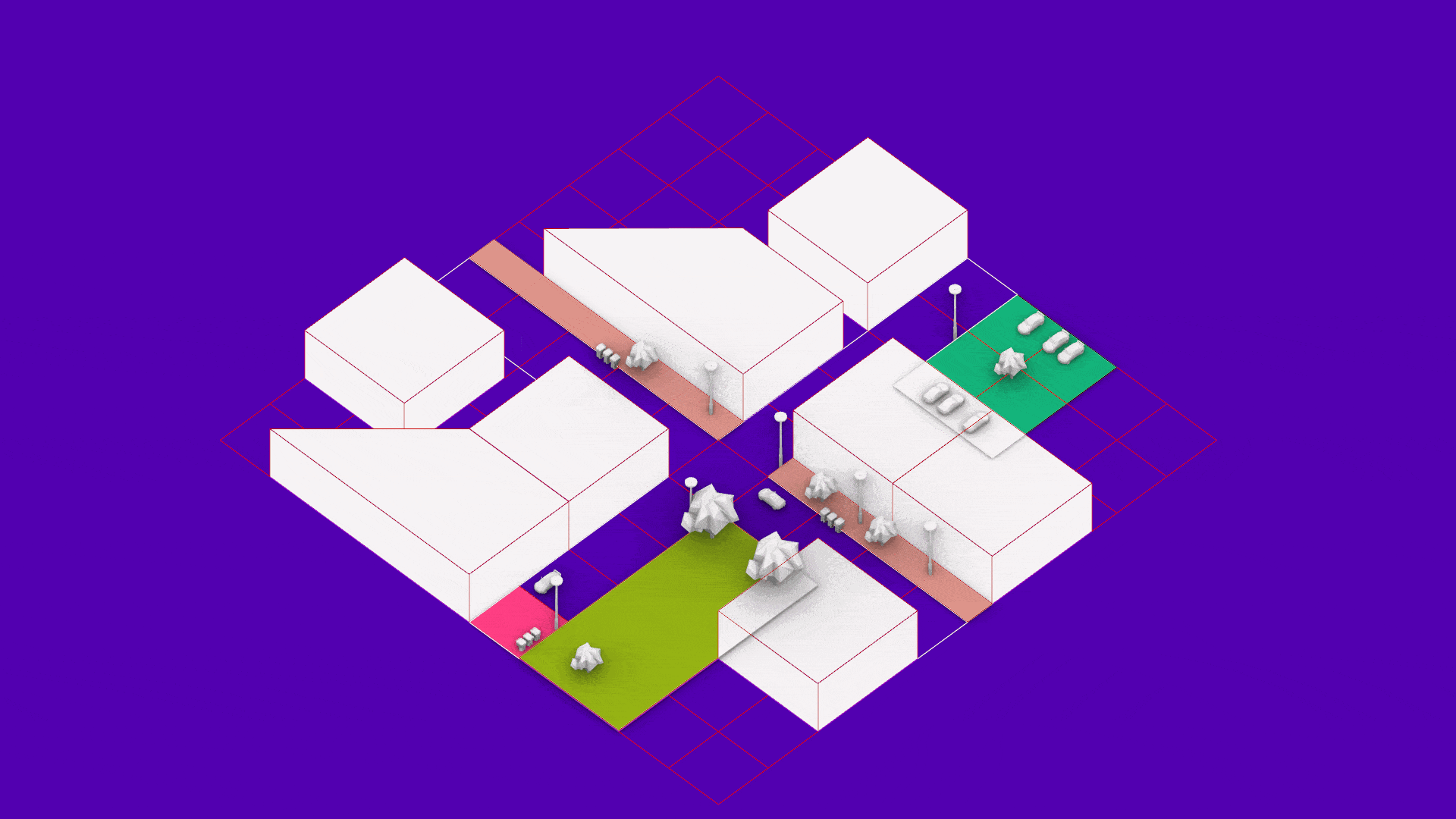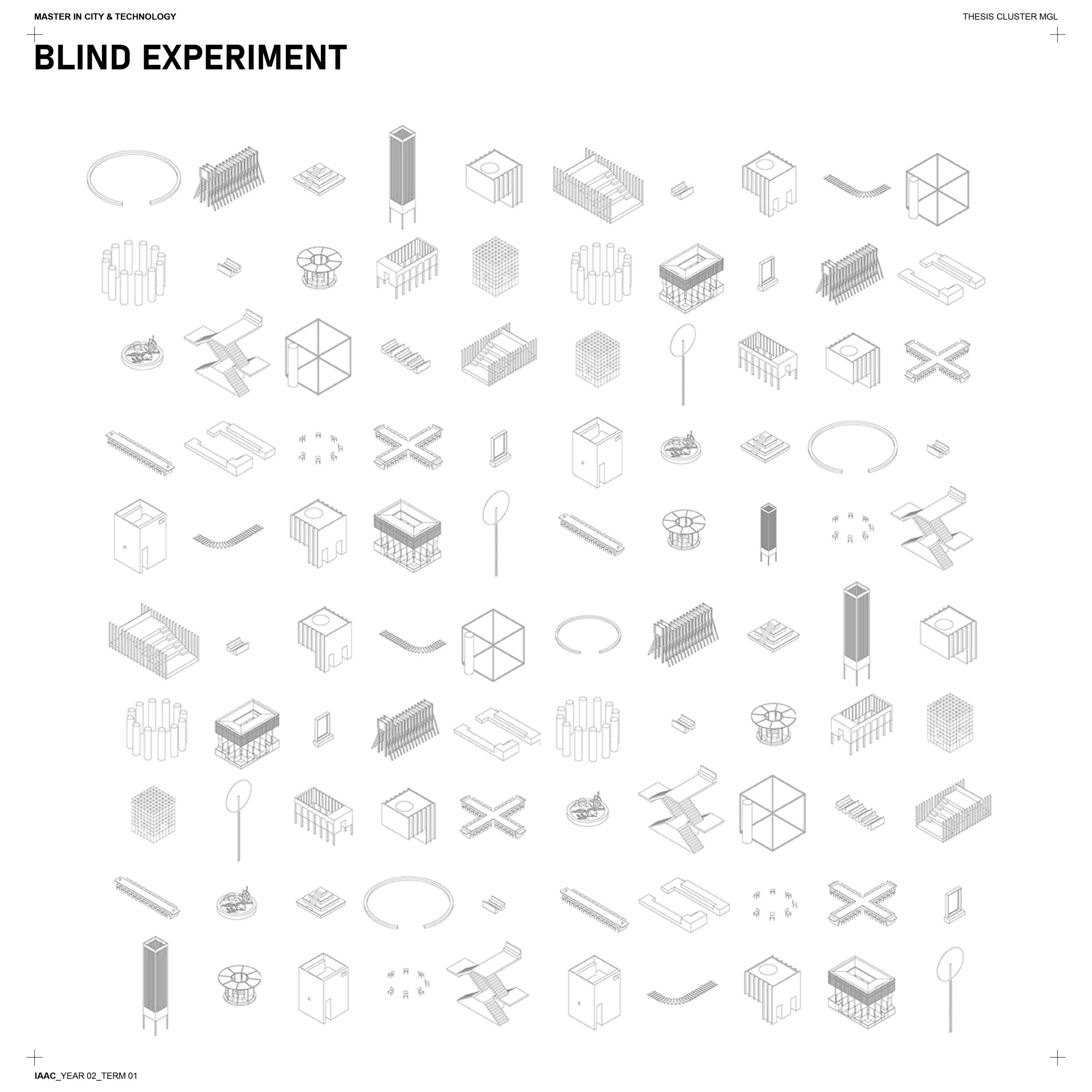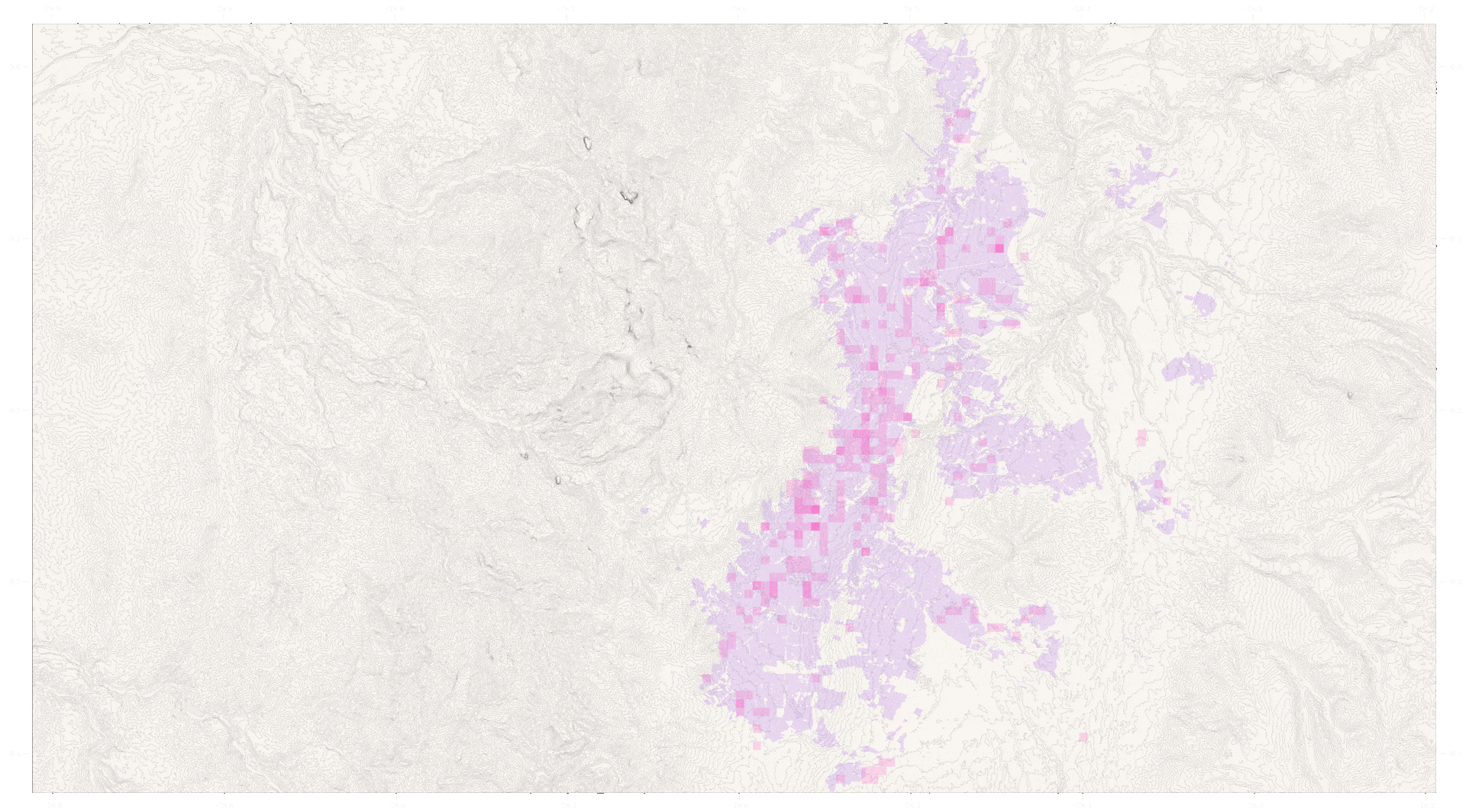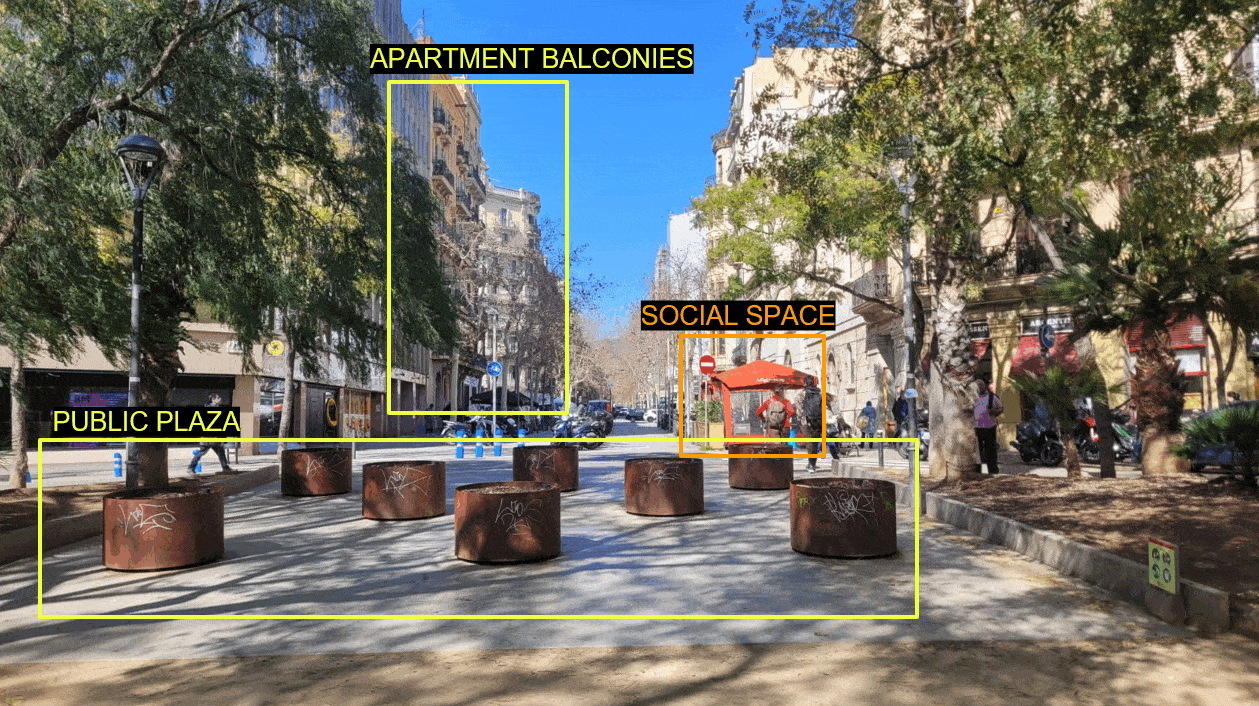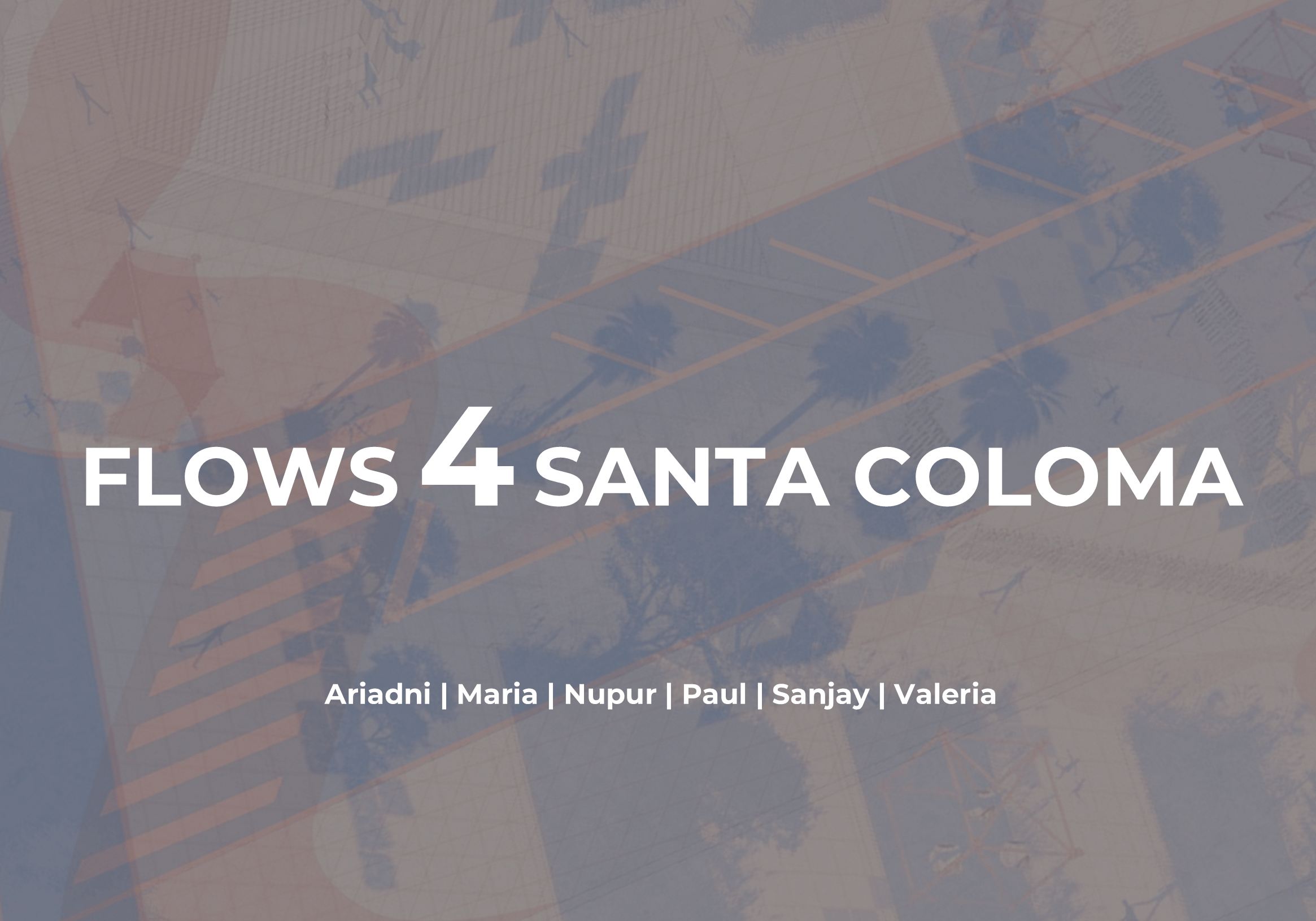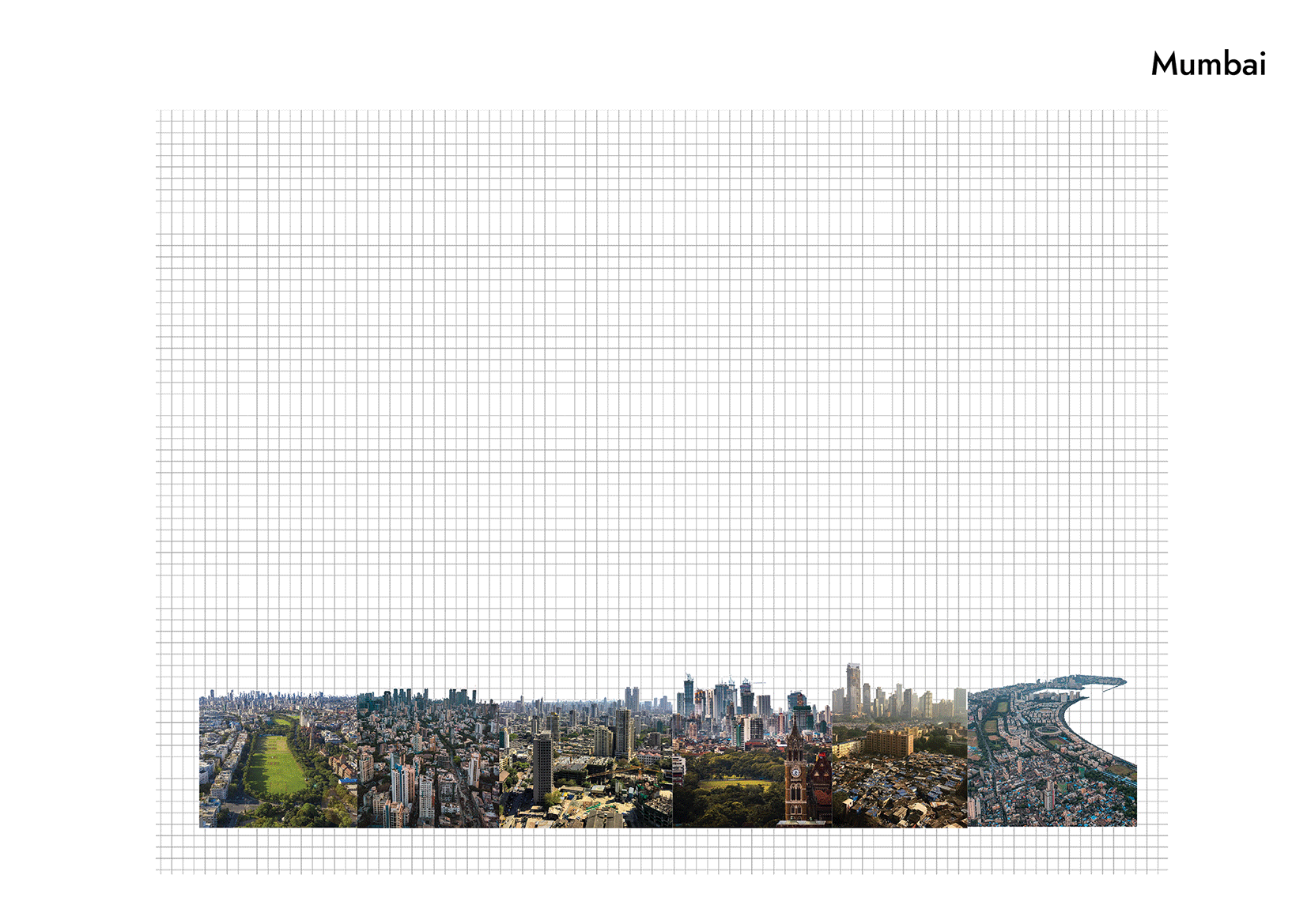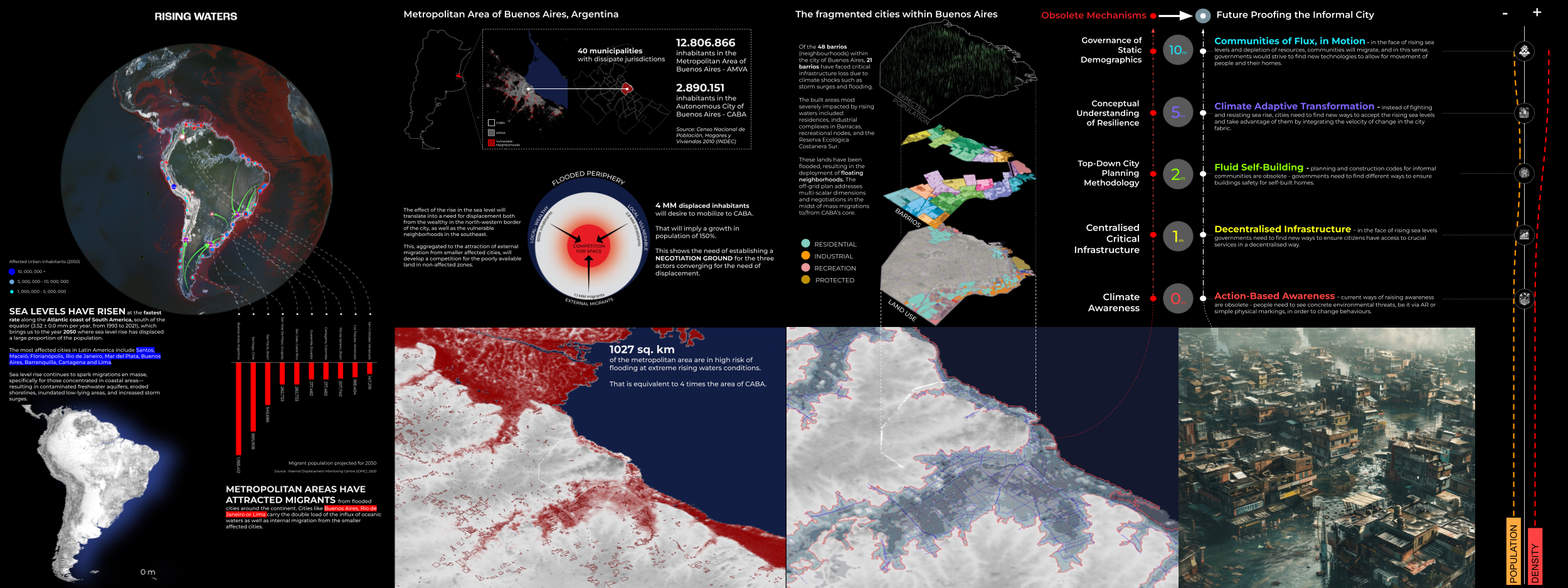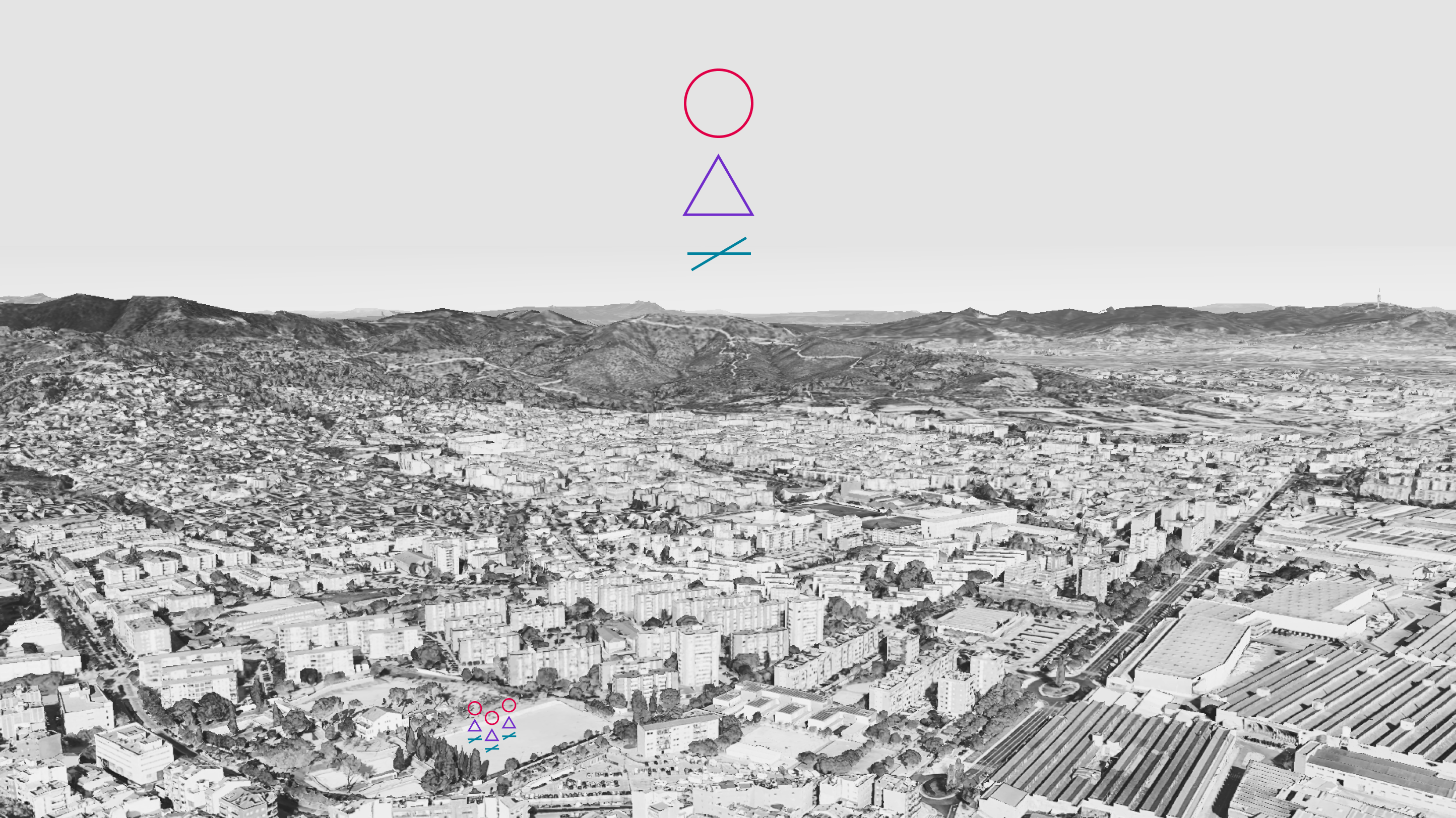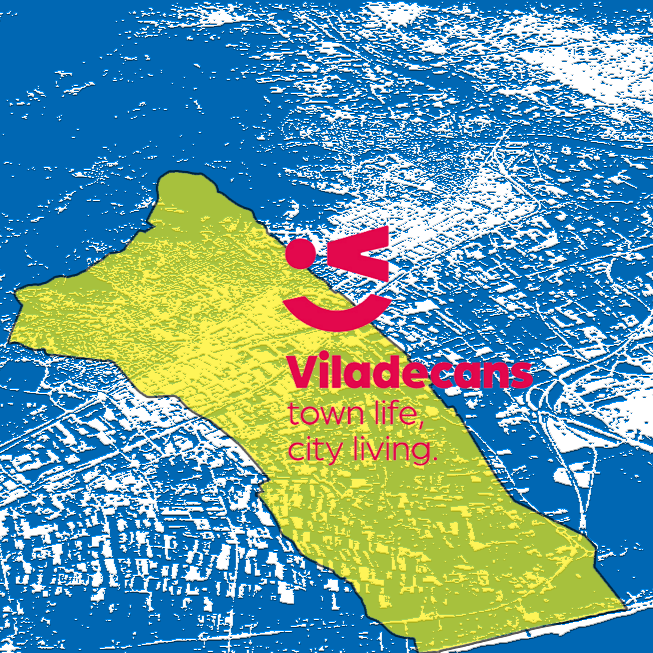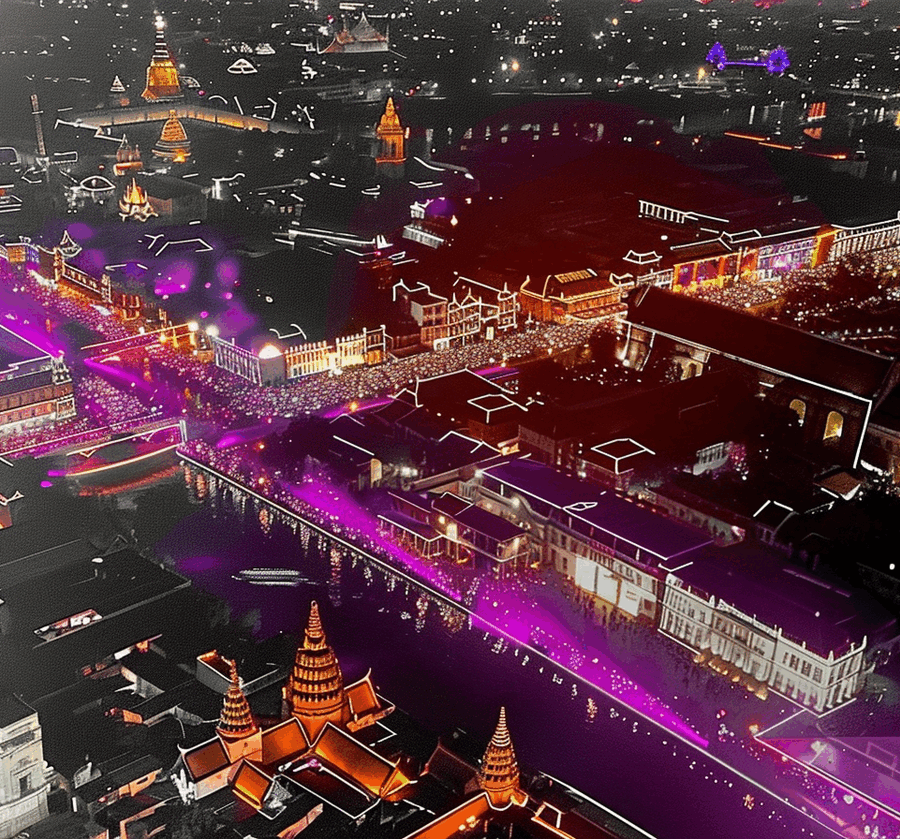Our Sprint Through Parc dels Pins
We had an incredible, whirlwind five days co-creating public spaces with Pablo Muñoz, Luisa Torres, Josefina Ovalle Parot, and the amazing community of Santa Coloma de Gramenet. It felt like a rapid-fire game—running around the park, talking to people, collecting stories, analyzing data in GIS and Grasshopper, figuring out who to design for, and then … Read more



